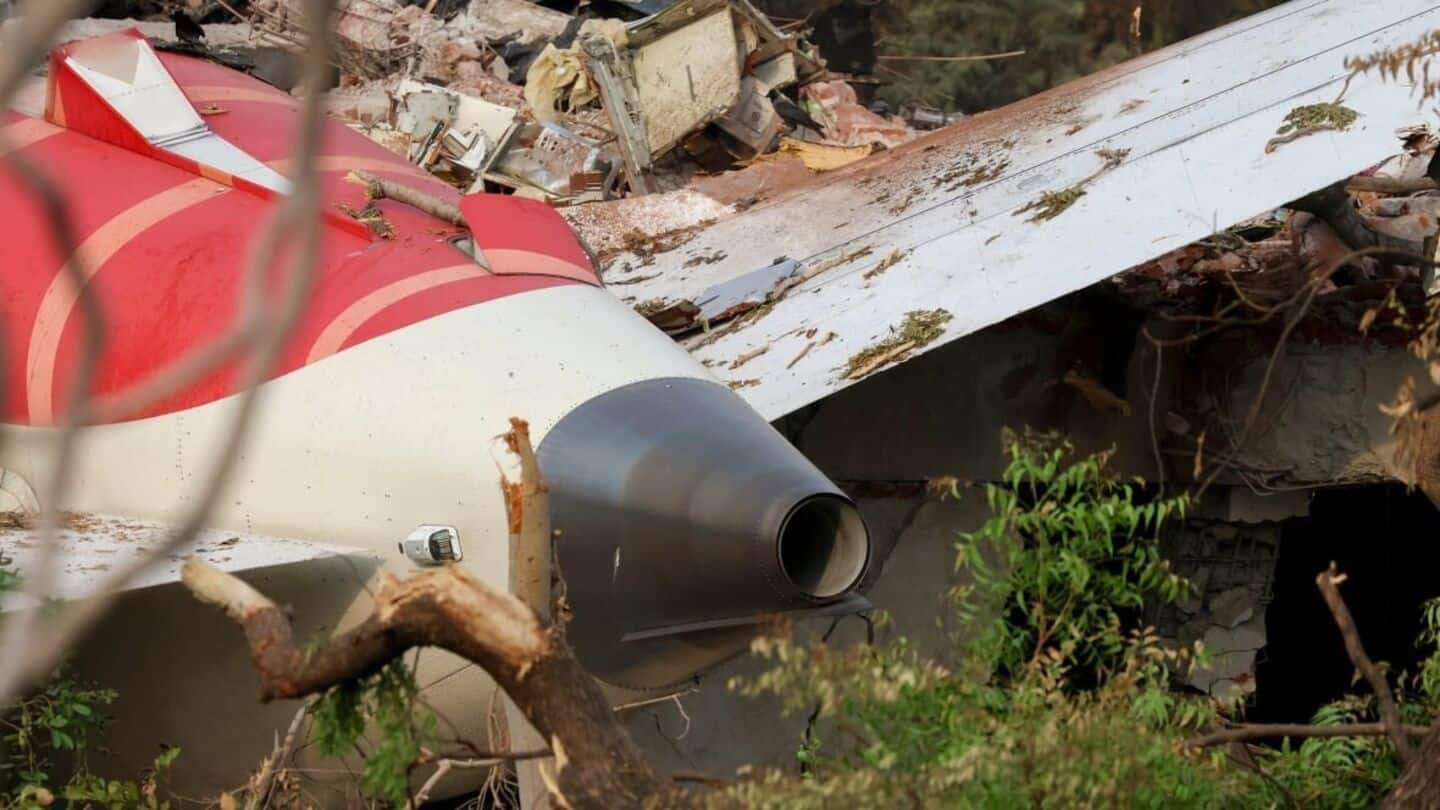
EAFR, RUN vs. CUTOFF—understanding terms used in Air India report
What's the story
The Aircraft Accident Investigation Bureau (AAIM) on Saturday released a preliminary report on the Air India flight AI 171 crash in Ahmedabad. The report revealed that the aircraft's two engine fuel control switches moved from 'RUN' to 'CUTOFF' within one second of each other after takeoff. This switch movement is a critical factor being investigated in the tragic accident that killed all but one of the 242 people on board, though the exact cause is still under examination.
Crash details
Use of Enhanced Airborne Flight Recorders (EAFRs) in the aircraft
The report also mentioned the use of Enhanced Airborne Flight Recorders (EAFRs) in the aircraft. These devices are advanced versions of traditional "black boxes" and record both flight data and cockpit voice communications. Fuel Control Switches—RUN vs. CUTOFF: These spring-loaded switches located beneath the throttle levers regulate fuel flow to each engine. The investigation is still trying to determine why the switches moved from "RUN" to "CUTOFF," or if they were done manually.
Backup system
Role of Ram Air Turbine (RAT)
The report also highlighted the role of the Ram Air Turbine (RAT), which provides emergency backup electrical and hydraulic power when both engines fail. The RAT is a critical safety feature that ensures aircraft systems remain operational even in engine failure scenarios. CCTV footage from the airport confirmed RAT deployment, and investigators found no evidence of bird activity around the aircraft.
Speed parameters
Aircraft's critical take-off velocities
The report also detailed the aircraft's critical take-off velocities: V1 (153 knots) is the decision speed beyond which takeoff must continue; Vr (155 knots) is the rotation speed for liftoff; V2 (162 knots) is the safe climbing speed. These speeds are crucial for determining aircraft capabilities during takeoff. FADEC (Full Authority Digital Engine Control): This term refers to computer systems that manage engine operations automatically.
Others
What is Mayday
When the fuel switches were reset to "RUN," FADEC systems began automated reignition routines on both engines; however, insufficient time and altitude prevented a successful restart. Mayday: This is an internationally recognized distress signal, derived from the French m'aider (help me). The crew transmitted an international distress signal at 08:09:05 UTC. This emergency declaration happened just 23 seconds after fuel was cut off and six seconds before the recording ended, demonstrating how quickly the situation deteriorated.
Expert insight
Former pilot suggests chip malfunction caused crash
A preliminary report by India's Aircraft Accident Investigation Bureau revealed that a cut in the fuel supply to the engines caused the crash. While investigation is still underway, former pilot Marco Chan suggested that a chip malfunction could be behind it. He referred to a service bulletin from the engine manufacturer advising maintenance of a faulty chip to avoid signal loss. "Once you have loss of signal, the fuel isn't commanded...then there's no fuel going to the engine," Chan said.